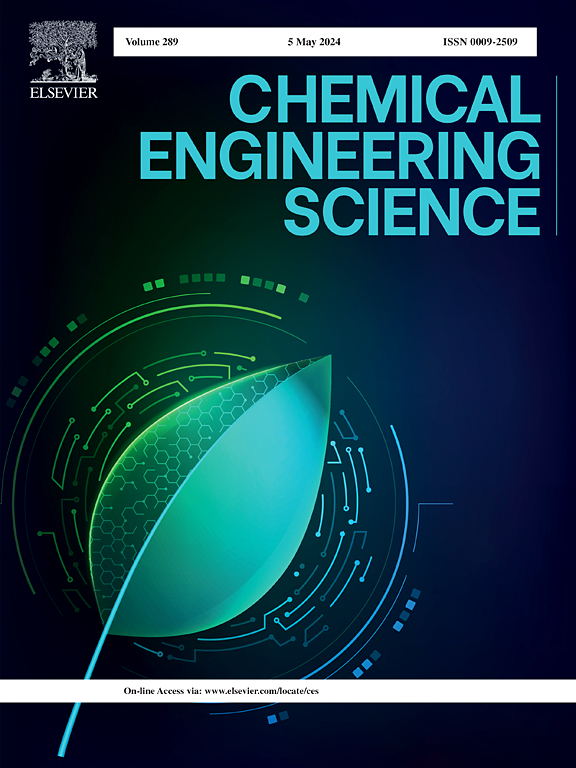Green synthesis of isosorbide-based polycarbonate via dimethyl carbonate by dual imidazolate ionic liquid catalyst
IF 4.1
2区 工程技术
Q2 ENGINEERING, CHEMICAL
引用次数: 0
Abstract
Addressing the increased demand for the development of bio-based polymers from renewable resources, a pathway for synthesizing poly(isosorbide carbonate) (PIC) via melt polycondensation catalyzed by ionic liquid (IL) was proposed from CO2-based dimethyl carbonate (DMC) and bio-based isosorbide (ISB) as reactants. 1-Ethyl-3-methylimidazolium imidazolate ([Emim][Im]) with imidazole acted as both an anion and a cation was designed and the highest activity with an ISB conversion of 98 % and PIC molecular weight of 52600 g·mol−1 was achieved for the PIC synthesis compared to other catalysts with single imidazole cation or anion. High catalytic activity of [Emim][Im] can be attributed to its exceptionally high cationic electrostatic potential (+53.05 kcal/mol) and remarkably low anionic electrostatic potential (−76.12 kcal/mol), which collectively result in the strongest relative electrophilicity and nucleophilicity. Furthermore, the reduced electrostatic complementarity weakens the ion-pair interactions between the cation and anion, thereby enhancing the accessibility of active sites during the catalytic process. This process will promote the sustainable production of bio-based polymers.


求助全文
约1分钟内获得全文
求助全文
来源期刊

Chemical Engineering Science
工程技术-工程:化工
CiteScore
7.50
自引率
8.50%
发文量
1025
审稿时长
50 days
期刊介绍:
Chemical engineering enables the transformation of natural resources and energy into useful products for society. It draws on and applies natural sciences, mathematics and economics, and has developed fundamental engineering science that underpins the discipline.
Chemical Engineering Science (CES) has been publishing papers on the fundamentals of chemical engineering since 1951. CES is the platform where the most significant advances in the discipline have ever since been published. Chemical Engineering Science has accompanied and sustained chemical engineering through its development into the vibrant and broad scientific discipline it is today.
 求助内容:
求助内容: 应助结果提醒方式:
应助结果提醒方式:


